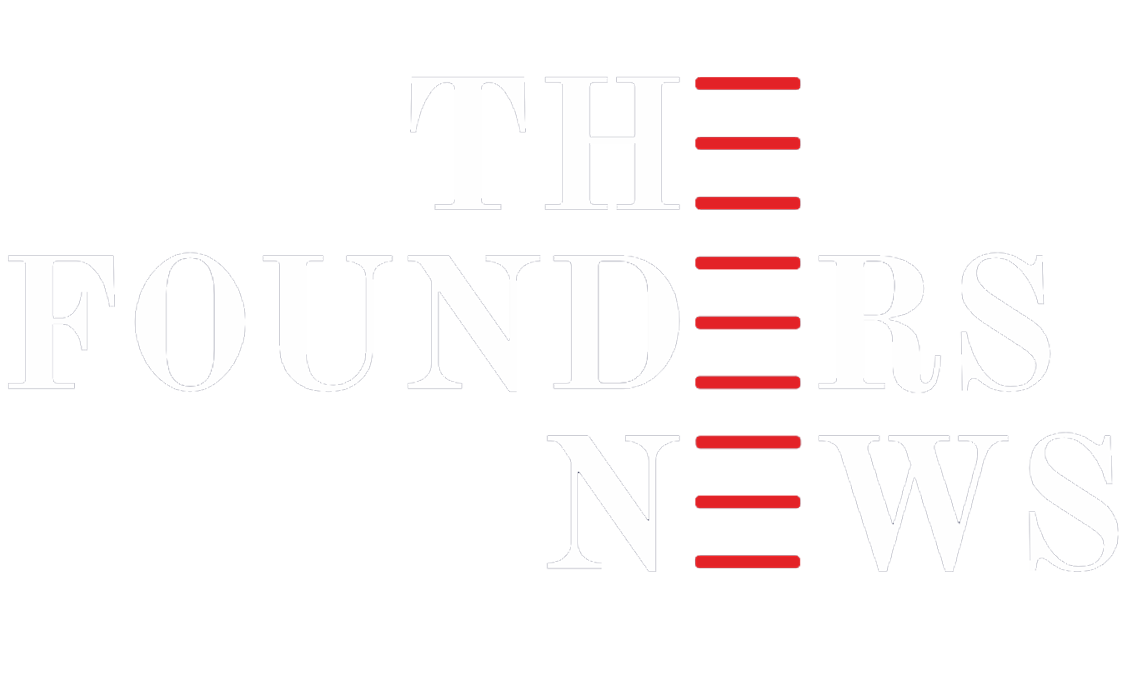E-commerce is experiencing unprecedented growth, with global sales projected to reach $6.9 trillion in 2024 and rising further to $8.1 trillion by 2026, according to Exploding Topics. The sector’s rapid expansion was fueled by the pandemic, accelerating what would have been a decade’s worth of growth into just three months. Today, e-commerce accounts for approximately 22% of all retail sales worldwide as of 2023.
The United States is a key player in this digital revolution. According to Coursera and Statista, US e-commerce revenue is expected to grow by $388 billion between 2024 and 2029. This surge reflects the evolving consumer preferences for online shopping, convenience, and digital-first experiences.
The Role of Customer Experience in E-commerce Growth
As competition intensifies, customer experience (CX) has become a crucial differentiator for e-commerce businesses. Companies that prioritize seamless and personalized shopping experiences are more likely to retain customers and drive higher sales. Key elements of exceptional CX in e-commerce include:
- User-Friendly Interfaces – Intuitive website and mobile app designs ensure smooth navigation, helping customers find and purchase products effortlessly.
- Personalization – AI-driven recommendations and tailored marketing messages enhance user engagement and boost conversion rates.
- Fast and Reliable Delivery – Speedy shipping, real-time tracking, and hassle-free returns build trust and customer satisfaction.
- Omnichannel Support – Providing assistance through multiple touchpoints such as live chat, social media, and chatbots enhances customer service efficiency.
- Secure Transactions – Implementing robust cybersecurity measures reassures consumers and protects sensitive financial information.
Future Trends in E-commerce Growth
The evolution of e-commerce is expected to continue with several emerging trends:
Social Commerce – Platforms like Instagram, TikTok, and Facebook are increasingly integrated with shopping features, making it easier for users to purchase products directly from social media.
AI and Automation – Advanced AI will further refine customer interactions, automate operations, and improve recommendation engines.
Augmented Reality (AR) Shopping – AR will bridge the gap between digital and physical shopping by offering virtual try-ons and immersive product experiences.
Sustainable E-commerce – Consumers are demanding eco-friendly products and sustainable packaging, prompting brands to adopt greener practices.


